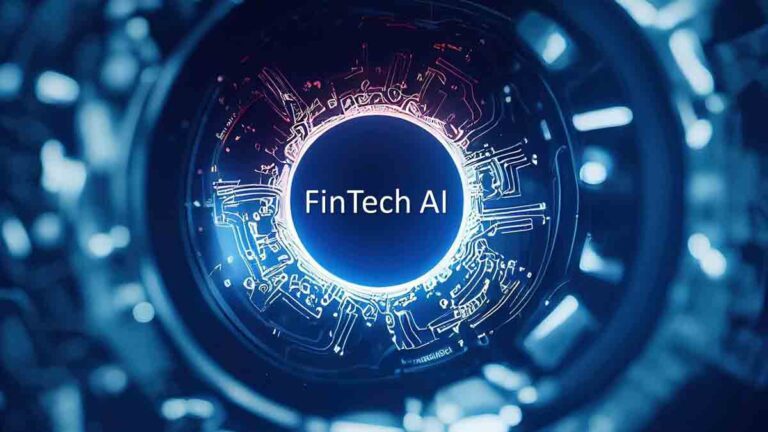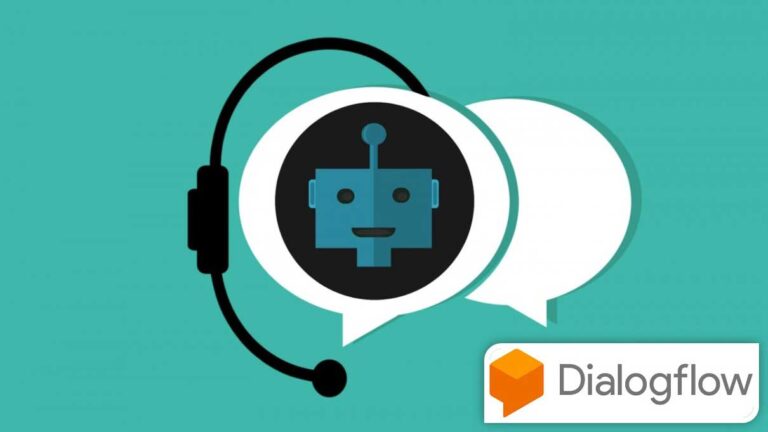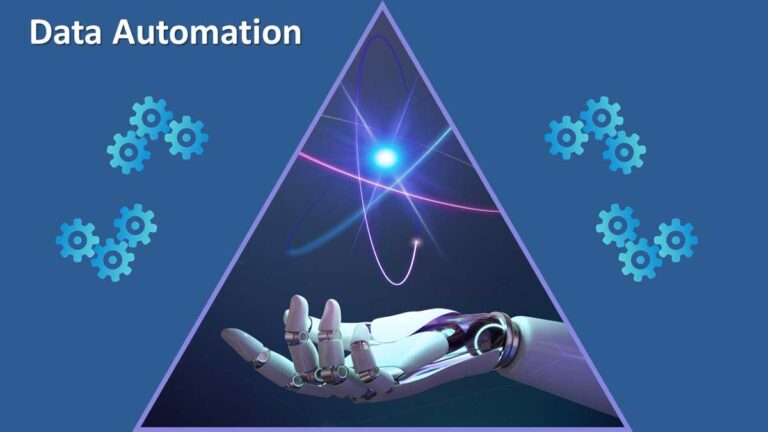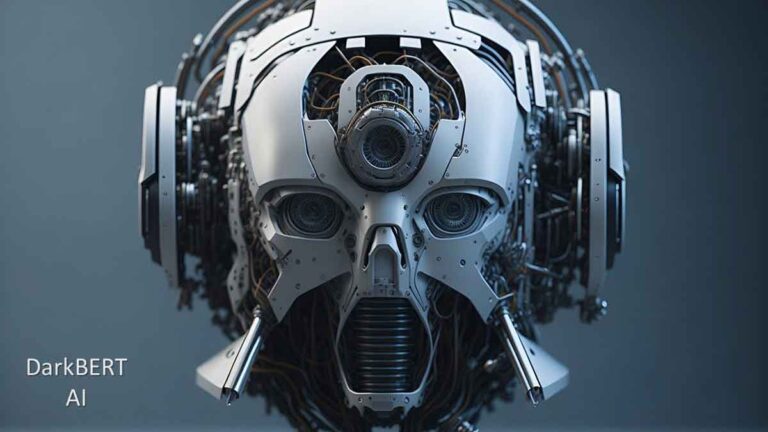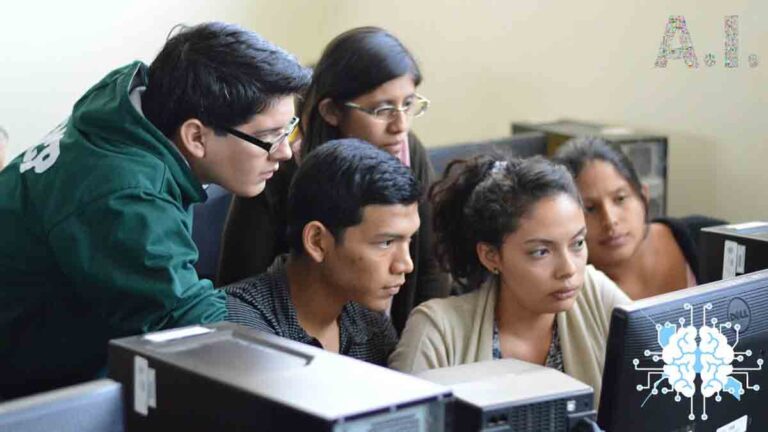How to detect AI-generated images – 8 methods
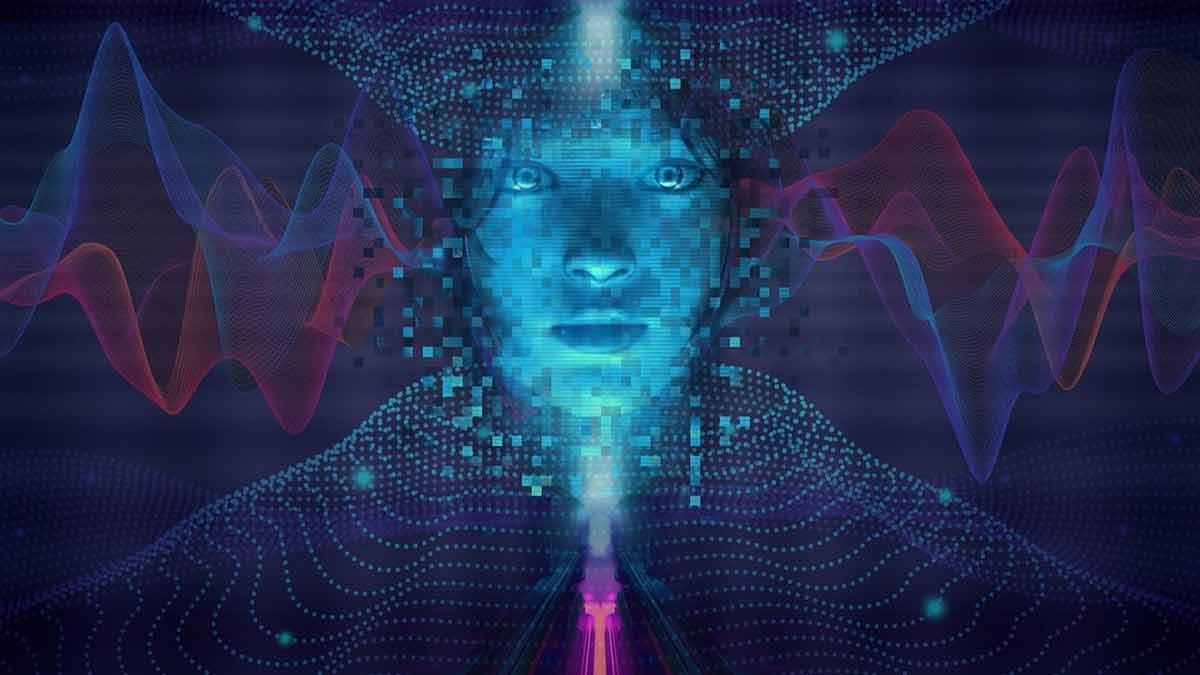
How to check if an image is AI-generated
Here are some methods to consider AI-generated images and increase the likelihood that you won’t be fooled by AI-generated content:
Check the Title, Caption, and Tags:
Start by examining the image’s title, description, and any associated tags. If you see terms like “AI-generated,” it indicates that the image was created by artificial intelligence.
Reverse Image Search:
If the image is newsworthy or seems groundbreaking, perform a reverse image search. Look for its source on respected news sites. If you can’t find it there, it’s likely manufactured.
Hunt for Artifacts:
AI-generated images often show inconsistencies when examined closely. Look for anomalies, such as mismatched earrings, warped facial features, or unusual lighting and shadows. Be cautious of images lacking realism or displaying repetitive patterns.
Use AI Image Detectors:
Consider using tools specifically designed to detect AI-generated images. These tools can help identify distortions or patterns associated with generative AI.
Zoom In and Look for Inconsistencies:
AI-generated images often appear flawless at first glance. However, inconsistencies emerge upon closer inspection. Magnify the image and examine small details. Look for irregularities, unnatural patterns, or artifacts that wouldn’t occur in human-created art.
Check the Image Source:
Tracing an art piece’s origins can provide answers. If the art is circulating on social media or other platforms, it doesn’t necessarily mean it’s legitimate. Search for its source on respected art websites or galleries. If you can’t find it there, it might be AI-generated.
Analyze Body Proportions and Logical Errors:
Pay attention to proportions and logical coherence. Some AI-generated images or art may exhibit distorted human figures or scenes that defy physical reality. Human artists often adhere to natural proportions and realistic compositions.
Look for Surreal Elements or Extremely High Resolution:
AI models can create surreal landscapes or scenes with intricate detailing that surpass what human artists can achieve. If an art piece seems too perfect or hyper-detailed, it could be AI-generated.
Remember that these methods aren’t foolproof, but they’ll help you develop a sharper eye for distinguishing between AI-generated and human-made art.
Impact of AI on Photography
Artificial Intelligence (AI) has significantly transformed the field of photography, offering both opportunities and challenges. Let’s explore how AI is shaping modern photography:
- 3D Reconstruction: AI plays a crucial role in 3D photography by automating the process of creating three-dimensional models. It speeds up reconstruction and enhances accuracy, making it easier to capture detailed 3D scenes.
- Image Enhancement: Machine learning algorithms improve photo quality by adjusting exposure, contrast, color balance, and other aspects. Even novice photographers can create professional-looking images with AI-powered enhancements.
- Object Detection: AI algorithms recognize objects within images, aiding in tagging and organization. For professionals handling large photo volumes, this feature streamlines workflow.
- Automated Editing: AI enables automated editing, saving time for photographers. Instead of manual adjustments, they can focus on capturing great shots while AI handles mechanical edits.
- Personalization and Accessibility: AI makes photography more accessible. Color grading, composition assistance, and style experimentation are now within reach for all users.
In summary, AI enhances creativity, efficiency, and image quality, revolutionizing how photographers work and create visual stories.

